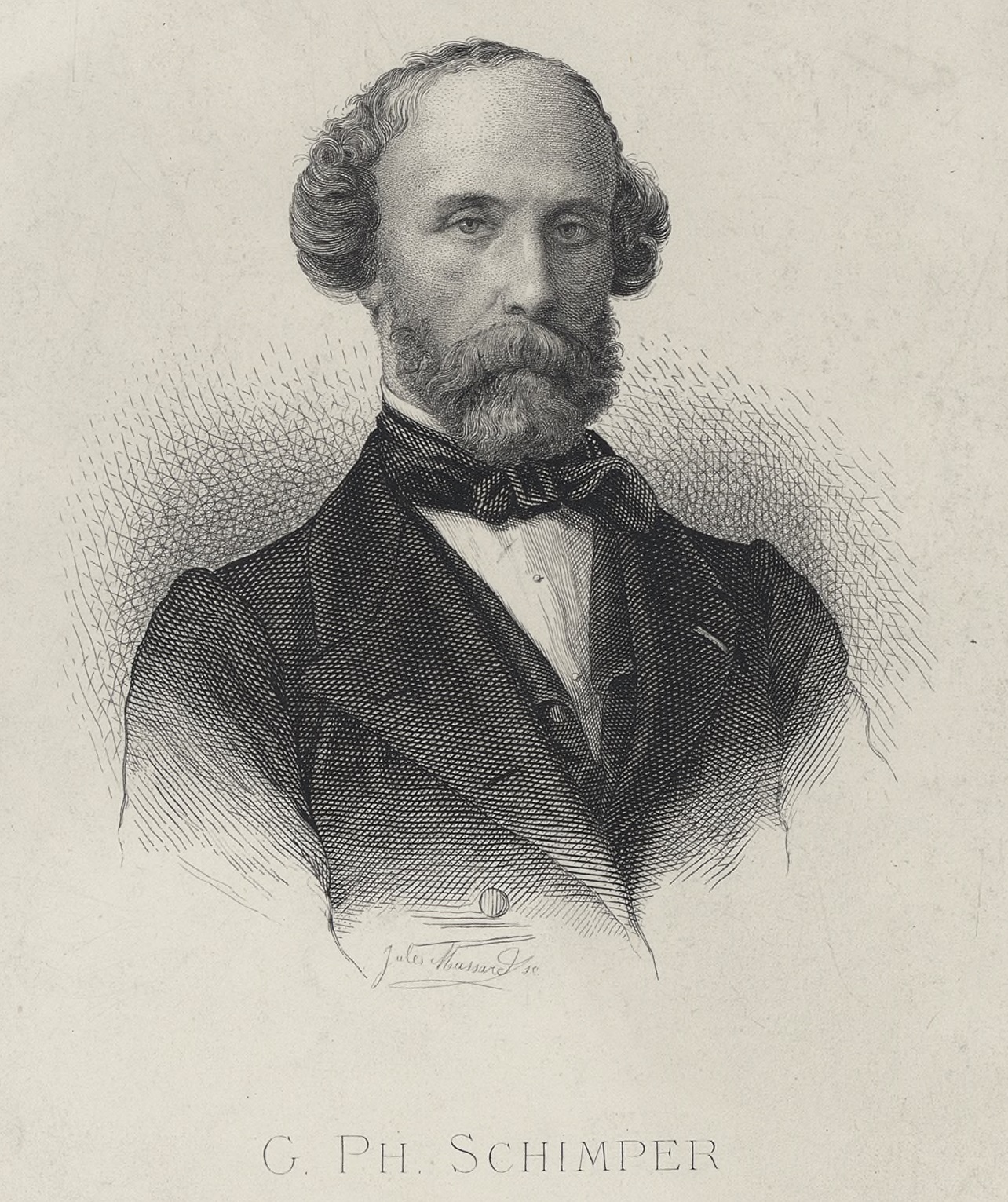|
Stelocyon
''Stelocyon'' is an extinct genus of triisodontid mesonychid from the Paleocene The Paleocene, ( ) or Palaeocene, is a geological epoch that lasted from about 66 to 56 million years ago (mya). It is the first epoch of the Paleogene Period in the modern Cenozoic Era. The name is a combination of the Ancient Greek ''pal ... of North America.P. D. Gingerich. 1978. New Condylarthra (Mammalia) from the Paleocene and Early Eocene of North America. ''Contributions from the Museum of Paleontology, University of Michigan'' 25(1):1-9 References External linksScience Mesonychids Paleocene mammals of North America [...More Info...] [...Related Items...] OR: [Wikipedia] [Google] [Baidu] |
Triisodontidae
Triisodontidae is an extinct, probably paraphyletic, or possibly invalid family of mesonychian placental mammals. Most triisodontid genera lived during the Paleocene in North America, but the genus ''Andrewsarchus'' (if it is a mesonychian, and not an artiodactyl) is known from the middle Eocene of Asia. Triisodontids were the first relatively large predatory mammals to appear in North America following the extinction of the non-bird dinosaurs. They differ from other mesonychian families in having less highly modified teeth. Because of their comparatively simpler teeth, the Triisodontids are regarded as basal mesonychids. A recent study found them to be a paraphyletic In taxonomy (general), taxonomy, a group is paraphyletic if it consists of the group's most recent common ancestor, last common ancestor and most of its descendants, excluding a few Monophyly, monophyletic subgroups. The group is said to be pa ... assemblage of stem-mesonychians.Sarah L. Shelley, Thomas E. ... [...More Info...] [...Related Items...] OR: [Wikipedia] [Google] [Baidu] |
Mesonychid
Mesonychia ("middle claws") is an extinct taxon of small- to large-sized carnivorous ungulates related to artiodactyls. Mesonychids first appeared in the early Paleocene, went into a sharp decline at the end of the Eocene, and died out entirely when the last genus, '' Mongolestes'', became extinct in the early Oligocene. In Asia, the record of their history suggests they grew gradually larger and more predatory over time, then shifted to scavenging and bone-crushing lifestyles before the group became extinct. Mesonychids probably originated in China, where the most primitive mesonychid, '' Yangtanglestes'', is known from the early Paleocene. They were also most diverse in Asia, where they occur in all major Paleocene faunas. Since other predators, such as creodonts and Carnivora, were either rare or absent in these animal communities, mesonychids most likely dominated the large predator niche in the Paleocene of eastern Asia. One genus, '' Dissacus'', had successfully sprea ... [...More Info...] [...Related Items...] OR: [Wikipedia] [Google] [Baidu] |
Paleocene
The Paleocene, ( ) or Palaeocene, is a geological epoch that lasted from about 66 to 56 million years ago (mya). It is the first epoch of the Paleogene Period in the modern Cenozoic Era. The name is a combination of the Ancient Greek ''palaiós'' meaning "old" and the Eocene Epoch (which succeeds the Paleocene), translating to "the old part of the Eocene". The epoch is bracketed by two major events in Earth's history. The K–Pg extinction event, brought on by an asteroid impact and possibly volcanism, marked the beginning of the Paleocene and killed off 75% of living species, most famously the non-avian dinosaurs. The end of the epoch was marked by the Paleocene–Eocene Thermal Maximum (PETM), which was a major climatic event wherein about 2,500–4,500 gigatons of carbon were released into the atmosphere and ocean systems, causing a spike in global temperatures and ocean acidification. In the Paleocene, the continents of the Northern Hemisphere were still connected v ... [...More Info...] [...Related Items...] OR: [Wikipedia] [Google] [Baidu] |
Mesonychids
Mesonychia ("middle claws") is an extinct taxon of small- to large-sized carnivorous ungulates related to artiodactyls. Mesonychids first appeared in the early Paleocene, went into a sharp decline at the end of the Eocene, and died out entirely when the last genus, '' Mongolestes'', became extinct in the early Oligocene. In Asia, the record of their history suggests they grew gradually larger and more predatory over time, then shifted to scavenging and bone-crushing lifestyles before the group became extinct. Mesonychids probably originated in China, where the most primitive mesonychid, '' Yangtanglestes'', is known from the early Paleocene. They were also most diverse in Asia, where they occur in all major Paleocene faunas. Since other predators, such as creodonts and Carnivora, were either rare or absent in these animal communities, mesonychids most likely dominated the large predator niche in the Paleocene of eastern Asia. One genus, '' Dissacus'', had successfully spread ... [...More Info...] [...Related Items...] OR: [Wikipedia] [Google] [Baidu] |
Paleocene Mammals Of North America
The Paleocene, ( ) or Palaeocene, is a geological epoch that lasted from about 66 to 56 million years ago (mya). It is the first epoch of the Paleogene Period in the modern Cenozoic Era. The name is a combination of the Ancient Greek ''palaiós'' meaning "old" and the Eocene Epoch (which succeeds the Paleocene), translating to "the old part of the Eocene". The epoch is bracketed by two major events in Earth's history. The K–Pg extinction event, brought on by an asteroid impact and possibly volcanism, marked the beginning of the Paleocene and killed off 75% of living species, most famously the non-avian dinosaurs. The end of the epoch was marked by the Paleocene–Eocene Thermal Maximum (PETM), which was a major climatic event wherein about 2,500–4,500 gigatons of carbon were released into the atmosphere and ocean systems, causing a spike in global temperatures and ocean acidification. In the Paleocene, the continents of the Northern Hemisphere were still connected via s ... [...More Info...] [...Related Items...] OR: [Wikipedia] [Google] [Baidu] |
